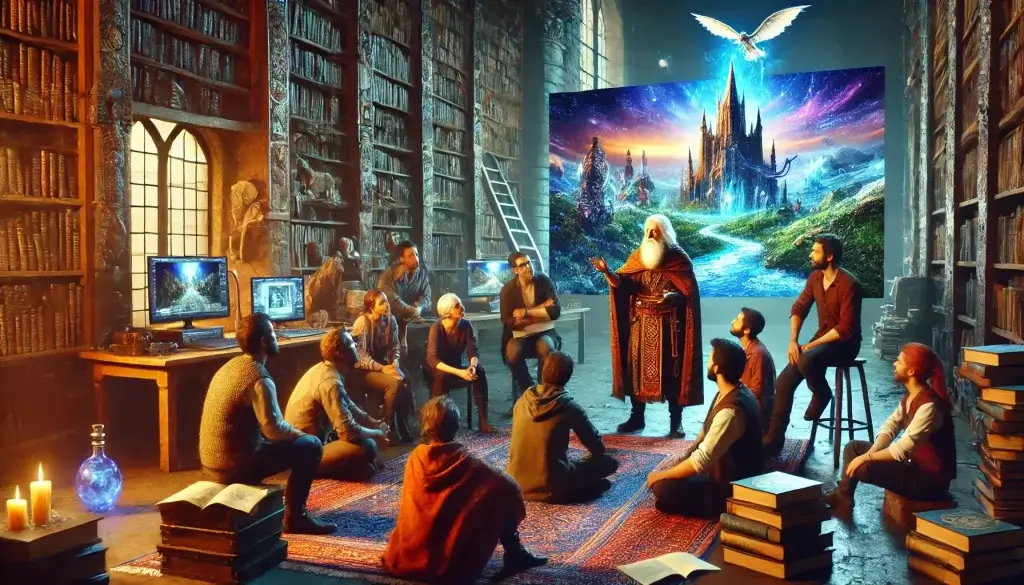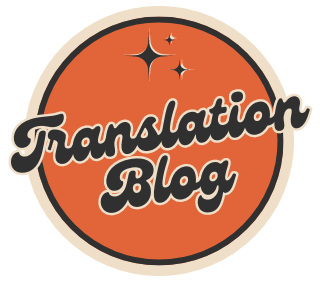Folklore has long been a source of inspiration for storytelling, weaving tales that pass through generations and cultures. In the world of game development, these narratives bring a sense of mystery and tradition to digital experiences, creating stories that resonate with players across the globe. One fascinating example is 3 Dancing Monkeys, a game that draws from the iconic “Three Wise Monkeys” proverb, blending cultural storytelling with entertainment. But how does folklore translate into engaging narratives for global audiences?

The Power of Folklore in Games
Folklore is more than just stories — it’s a window into the values, beliefs, and traditions of a culture. When game developers incorporate these tales, they add layers of meaning that enrich the player’s experience. However, translating folklore into game narratives is no simple task. Translators must carefully preserve the essence of these stories while ensuring they resonate with diverse players.
For instance, the “Three Wise Monkeys” proverb — “See no evil, hear no evil, speak no evil” — originates from Japanese culture, where the monkeys are named Mizaru, Kikazaru, and Iwazaru. In Western contexts, the proverb often symbolizes ignoring wrongdoing, while in Japan, it carries deeper Buddhist connotations related to personal discipline and morality. Translators and game designers must navigate these interpretations to maintain authenticity while appealing to a broad audience.
Bridging Language and Culture
Translating folklore involves more than converting words from one language to another. Cultural nuances, idioms, and symbolic meanings require a deep understanding of both the source and target cultures. Game narratives that draw from folklore often rely on symbolism, visual cues, and subtle storytelling — all of which must be adapted thoughtfully.
For example, in games like 3 Dancing Monkeys, the playful nature of the monkeys reflects lighthearted mischief and curiosity. In Japanese folklore, monkeys are seen as mediators between humans and spirits, which adds depth to the game’s characters. When translating these elements, a translator must carefully balance cultural authenticity with accessibility for players unfamiliar with the story’s origins.
Visual Language as a Universal Tool
One way games overcome language barriers is through visual storytelling. Symbols, colors, and character expressions often carry meaning that transcends words. In folklore-inspired games, visual cues help bridge cultural gaps. A monkey covering its eyes immediately conveys “See no evil,” even if the player doesn’t know the full proverb.
This visual storytelling requires translators and localization experts to collaborate closely with game designers. Small changes, such as adjusting a character’s expression or the background scenery, can subtly reinforce cultural themes. In turn, this ensures the game stays true to its folkloric roots while making the story accessible worldwide.
Preserving Authenticity Through Collaboration
Successful folklore translation in games relies on collaboration between linguists, cultural consultants, and game developers. Each brings a unique perspective, ensuring the story retains its authenticity while adapting to new audiences. This collaborative process is especially important for social casino games, where players seek both entertainment and connection to intriguing narratives.
Games like 3 Dancing Monkeys exemplify this balance. The monkeys’ playful antics, combined with vibrant visuals and engaging gameplay, draw from a centuries-old story while offering a fresh experience for global audiences. By blending folklore and modern game design, developers create a narrative that feels both familiar and exciting, no matter where the player comes from.
The Global Impact of Folklore-Inspired Games
As games become more globally accessible, the demand for thoughtful translation grows. Folklore-inspired games offer a unique opportunity to share cultural stories in a medium that transcends borders. Each translated game becomes a bridge, inviting players into a world where ancient tales come alive through modern storytelling.
In this sense, translators are more than linguistic experts — they are cultural ambassadors, ensuring that the heart of these stories remains intact while reaching new audiences. The next time you play a game like 3 Dancing Monkeys, remember that behind the vibrant visuals and playful monkeys lies a story that has traveled across time and cultures, lovingly translated for all to enjoy.
For more on the origins of the “Three Wise Monkeys” proverb, you can explore this detailed history.

